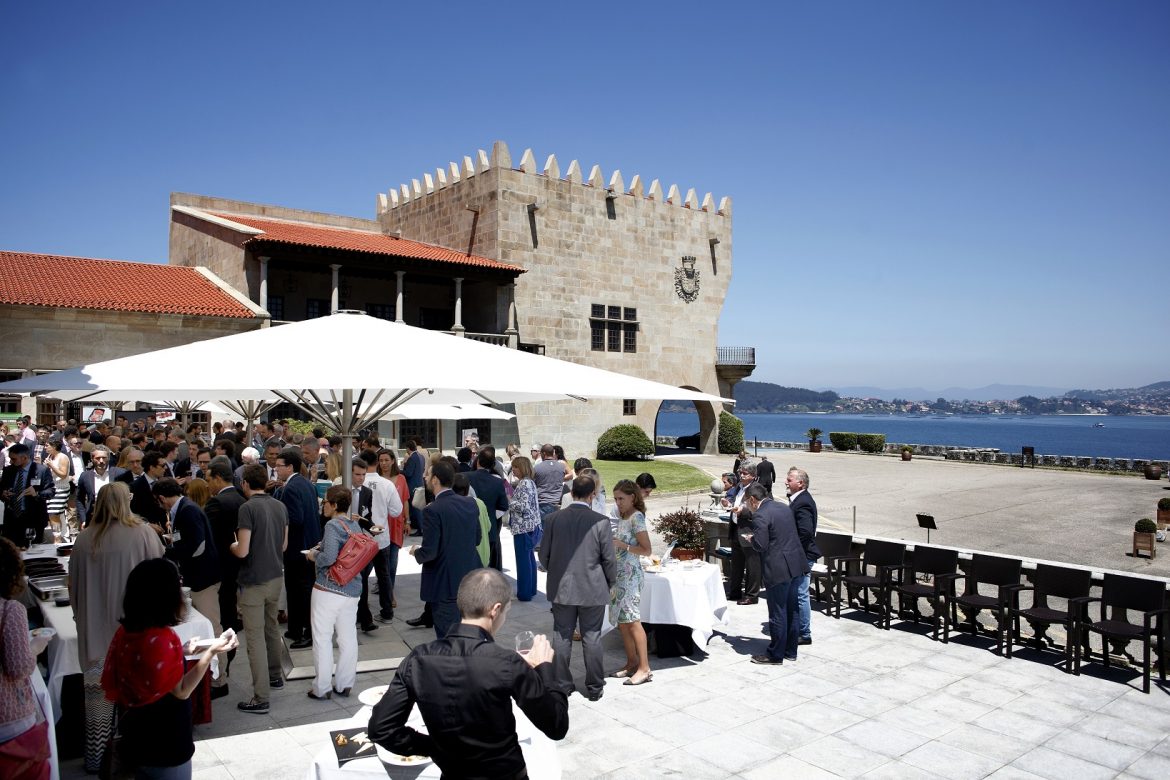The association AECOC/GS1 Spain stays abreast of market developments by holding a seafood congress among other activities.
Consumption of fish in Spain continues to decline, as reported by “La Alimentación en España 2015”, a study by the Spanish Ministry of Agriculture and Fisheries, Food and Environment (MAPAMA). A trade association, AECOC/GS 1 Spain, is among those trying to do something about it.
It highlights a 2.4% drop in seafood consumption over the year to 2015 in Spain. According to the data, average consumption of fish and aquaculture products, per person, per year is of the order of 25.5 kg, representing a drop of more than 4 kg over the last 5 years. And despite Spain being one of Europe’s biggest consumers of fish and aquaculture products, people in Spain consume less than the 31 kg per annum recommended by WHO.
How to get young people to eat more fish?
Socio demographic changes have had an effect on every aspect of people’s buying and eating habits and are also affecting their consumption of fish and shellfish. The consumer is choosing different formats, product types and sources, such that the industry needs to take notice and adapt to consumer needs to slow the downward trend in consumption. According to a recent report by AECOC/GS 1 Spain (a trade association comprising more than 26,000 companies) for the ministry on young consumers of seafood products, Spain’s young people (20-35) say they eat less fish both at home and when eating out. So, the challenge faced by the industry is attracting younger people, as it is they who decide future consumption trends.
The reasons and the possible solutions
Their profile can be described as aged between 20 and 35, householders, who eat fish/shellfish at least twice a month. They see this product category as healthy and this is what largely drives them to buy the product. In fact 76% of those interviewed said that they were conscious of the fact that they should eat fish at least twice per week. And it would appear that flavour is a determining factor in repeat purchases. On the other hand, the same young people see the following as disincentives for purchasing fresh or frozen fish:
− Unpleasant flavour or smell.
− Lack of product knowledge such as benefits, preparation, cuts, recipes etc.
− Lack of time due to pace of life not being compatible with buying and preparing fish.
− There is a perception that it is expensive.
Faced with these negative perceptions, possible initiatives to encourage younger people to consume more fish include:
− Product innovations presenting fast, practical and easy solutions for the purchase, storage and preparation of the product. Innovation could include adventurous new dishes that make the best of the flavour and aesthetics, but always with healthy food in mind.
− Make more of the social aspect of eating fish. Eating fish can be social and entertaining.
− Provide more information and transparency regarding the origin and properties of the product. Suggest different preparation techniques and recipes.
− Offer the option of seasonal fish or special offers to keep the price down.
It’s all about convenience
It is worth noting that generally speaking, in Spain, sales are heavily influenced by convenience when buying, cooking (usually on the grill) and eating. In other words, the consumer seeks out those products that ease the whole process of buying and eating. One example is sushi, which has seen considerable market penetration in recent years, finding its way into households despite the relatively high cost. This is a highly practical product, easy to prepare, healthy and somewhat fashionable. According to Shopper View, GS1-AECOC’s study into seafood buying trends, 47% of consumers buy fish and shellfish in supermarkets, 38% in traditional fishmongers and 15% in hypermarkets. Also noteworthy is that online sales, although still in their infancy, are fast gaining ground amongst younger consumers.
| AECOC/GS1 Spain improves supply chain efficiency
In the seafood industry, AECOC/GS1 Spain has more than 2,000 corporate members along the whole supply chain. Its mission is to improve efficiency in fishing and aquaculture, by easing the flow of merchandise and information all along the value chain. Using its customer survey platform, the association strives to understand the consumers (and non-consumers) of seafood products, their motivations, the negatives and the positives in the movement of this type of product. The association provides training and studies to improve the main aspects of selling seafood products. In addition, it holds the AECOC congress on seafood products to follow the main trends, market data and sales success stories. In Spain the association is encouraging adoption of the GS1 Fish, Seafood and Aquaculture Traceability Implementation. This involves working with distributors and industry (fish markets, first sale establishments, wholesalers and processing plants) in the implementation of GS1 standards for labelling boxes and pallets and electronic delivery notes, to guarantee automatic traceability along the entire supply chain. |
Fishmongers lose ground to retail chains
Traditional outlets are losing relevance year after year compared to other sales channels. However, sales by weight in traditional outlets still exceeds those in supermarket fish counters. Buyers in Spain still see the specialist retailer as the logical place to buy for quality and level of service, but due to time constraints, find themselves shopping more and more often in supermarkets, where they can buy everything under one roof. So, the role of the direct sales professional is key. Sales growth depends largely on quality of service, attention at point of sale and a capacity to generate confidence. Excellence in these fields helps to win over consumers and increase sales.
In conclusion, sales strategies must be adapted to consumer motivation and to their perception of seafood products. Efforts must be concentrated on presenting an image of quality to the consumer, taking advantage of the possibilities presented by innovation, convenience, quality of service at point of sale, and health.
Àngels Segura Unió
asegura@aecoc.es
Manager, Seafood Products
AECOC/GS1 Spain



